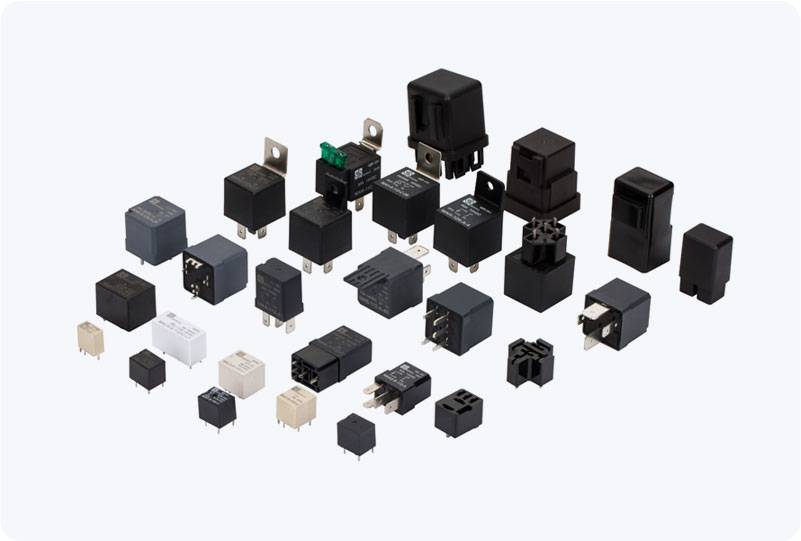Electric vehicles (EVs) are rapidly becoming a prominent mode of transportation due to their eco-friendly nature and improved energy efficiency. As the demand for EVs continues to rise, the intricate components that make up these vehicles become increasingly important in ensuring smooth operation and long-lasting performance. One such essential component is the EV Main Contactor Relay, a device that plays a critical role in controlling the flow of electricity between the EV battery and the motor. This article delves into the working principles, importance, and safety functions of the EV Main Contactor Relay.

What is an EV Main Contactor Relay? The EV Main Contactor Relay is an electrical switch that regulates the high voltage connection between an electric vehicle’s battery and its motor. It is responsible for controlling the flow of electrical current during vehicle operation and shutting off the current when necessary. This relay functions similarly to an automotive relay, but with the added challenge of managing the much higher voltages associated with EV batteries (often 300V to 400V or higher). A typical EV Main Contactor Relay is designed to open and close a high-voltage circuit in response to the vehicle’s operation needs. When the vehicle is started, the relay closes, allowing the battery to supply power to the motor. When the vehicle is turned off or when there’s a system malfunction, the relay opens, cutting off the power supply to prevent any hazardous situations.
Leave a Reply